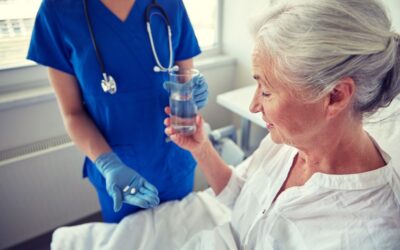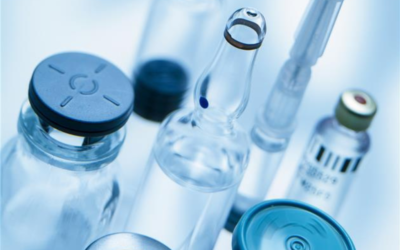
In an interview with Adnkronos, Benedetto Lavino, vice president of Cosmetica Italia, states that “In recent years we have seen an increasing emphasis on cosmetics with natural and sustainable connotations both in terms of the market and public and media attention. Between 2019 and 2018, for example, we can estimate a growth of about 5 percentage points.”
However, the main doubt among consumers remains focused on the reliability and authenticity of products “branded” as natural or organic. Let’s get some clarity.
The preparation of cosmetics is done by specific formulators who have studied and obtained the title of cosmetology chemist.
In addition, the certification of lab-made products, especially natural ones, requires numerous steps, which are regulated by specific and continuously updated regulations especially when it concerns organic products.
To ascertain that a cosmetic is natural, one generally relies on the Period After Opening (PAO) stated on the label, which is usually always shorter than traditional cosmetics. Today, however, this is no longer sufficient.
For this reason, authorized bodies (e.g., NATRUE, COSMOS, CCPB, ICEA, AIAB, DEMETER, ECOLABEL, COSMEBIO, ECOCERT) have sprung up to inspect, test and certify products to assure consumers that what they are buying is indeed an organic cosmetic.
Here, in order to encourage sustainable production and consumption processes, the organic and natural cosmetics sector is applying a set of rules governed by the principles of prevention and safety throughout the supply chain, from raw material production to final distribution and marketing.
The planned rules are:
- prefer the use of raw materials from organic farming and with respect for biodiversity;
- use natural resources responsibly and with respect for the environment;
- choose processing and production methods that are clean and respectful of human health and the environment.
To make the above rules effective and standardized, a list has also been drawn up divided into five categories of ingredients that can make up an organic cosmetic product: water, mineral ingredients, physically processed agro-ingredients, chemically processed agro-ingredients, and other ingredients.
Therefore, cosmetics to be defined natural, must be composed of 95% plant based materials and, to be defined as organic, must be a result of organic farming without the use of pesticides, GMOs and additives as well as involve production methods with low environmental impact.
INCI
Knowing your way around the world of cosmetics is not easy. That is why it is important to read and interpret the list of ingredients listed on each product. Through the INCI (International Nomenclature of Cosmetic Ingredients), which has been required by law since 1997 for all cosmetic companies, it is possible to consult on the packaging, the list (in descending order of percentage of use) of all the ingredients used to produce the cosmetic you want to buy.
For this reason, it is a good idea to always check the INCI of a cosmetic product to make sure that it does not contain substances that are hazardous to health, and in the case of organic cosmetics, it is essential to check the presence on the packaging of the name of the authorized body and its mark certifying the authenticity of the product.
CLEANING IS THE BASE OF EVERYTHING
The D&R laboratories of cosmetic companies know very well the principles and characteristics of these natural products. For this reason, they pay great attention to ensuring that everything is carried out according to the established rules.
It is therefore essential to clean every single product container or tool.
Just think of products such as creams, face masks or lotions that are difficult to wash due to their oily components.
LAST Technology, designs in this regard custom washers that meet the needs of such cosmetic houses. Behind a specific analysis of the products to be washed, the engineering team designs washing chambers suitable for this purpose. The mechanical action of washing, with pressurized water, is guaranteed by spray nozzles that are able to reach any type of critical surface.
The action of water, combined with different chemicals (detergents) and/ or steam, increases the effectiveness of cleaning and sanitization of all surfaces in contact with product containers and components of the production chain.


